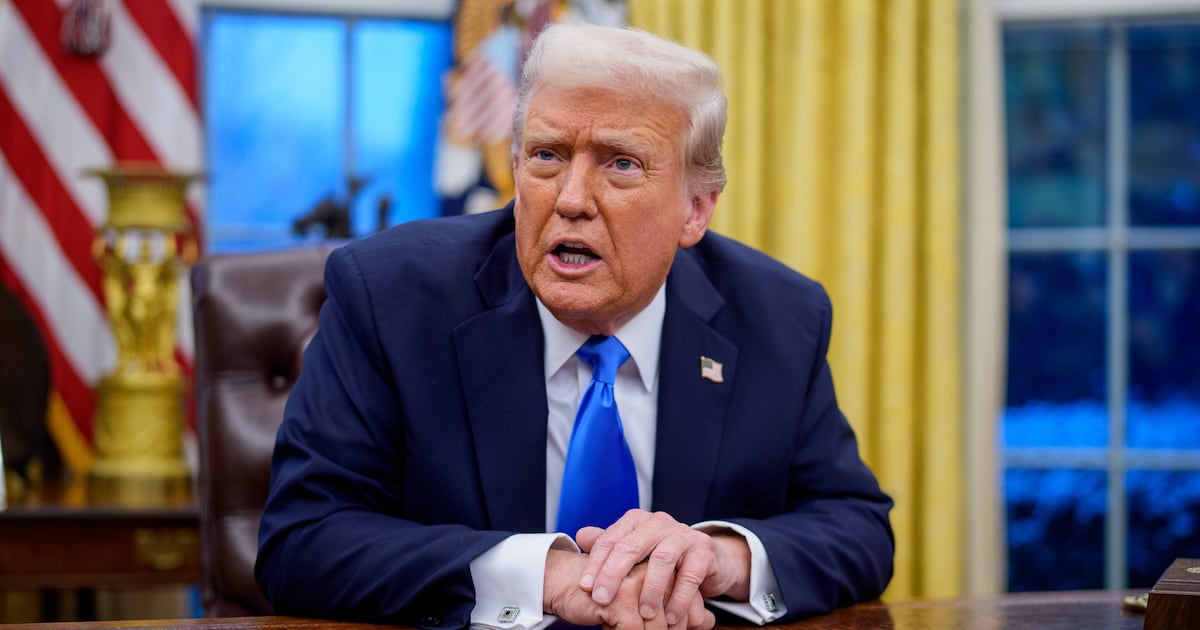Until the COVID-19 pandemic emerged, vaccinology had fallen off a cliff. Not only were pharmaceutical companies and scientists failing to bring vaccines to market, but the time that it took to do so was measured in decades, not years—and certainly not months. That was all upended by the sudden global demand for protection against the morbid damage the SARS-CoV-2 virus wreaked on our bodies. With millions of lives and billions of dollars at stake, a slew of pharmaceutical companies including Moderna, Pfizer, AstraZeneca, and Johnson & Johnson did the impossible: they delivered highly effective COVID-19 vaccines in under one year. It was as close to a miracle as science produces. And it was done, not by coincidence, by private companies with a fiduciary duty to maximize profits for their shareholders, and a fervent desire to be first to market.
That record-breaking sprint to the finish line provided our species with a massive boost in protection in fighting COVID-19. While the U.S. death toll crossed the 1 million mark this month, the rapid distribution of COVID-19 vaccines is believed to have saved, within just the first few months, hundreds of thousands of lives across North America and Western Europe. Some observers, having been through the lean years of vaccinology, predicted that this incredible success would usher in a new era of highly effective vaccines to cure everything from malaria to Zika to HIV. The rally couldn’t have come at a better time: in the first two decades of the 21st century, more novel epidemic-causing pathogens spilled over into humans than in the entirety of the 20th century. Humanity, at the precipice of a new age of pandemics, is—in the nick of time—on the cusp of a global age of vaccinology.
Or so it seemed. In the year and a half since the arrival of the COVID vaccines, the boundless possibilities and the strict limits of a for-profit system of scientific discovery have been laid bare. And even for those who have grown accustomed to being disappointed in the ways that profit distorts science-making, the absurdity of what’s transpired amounts to a dystopic nightmare. Put plainly, the system that brought us COVID vaccines has shown itself to be disturbingly incapable of advancing innovations to protect our species from other emerging threats.
Case in point: Despite the fact that there are at least five highly effective COVID vaccines currently on the market, there are also as of today almost 350 other COVID vaccine candidates in development. Let that sink in. Pfizer, Moderna, and the rest of the early winners are actively distributing tens of millions of vaccine doses throughout the world (though too few in lower-income countries). The marketplace is saturated with vaccines that work; the last thing anyone needs are more brands to choose from. And yet hundreds of pharmaceutical companies, biotechs, and research labs have concluded that it makes perfect sense to spend their resources developing more. The worst part is that under the perverse incentives of for-profit science, they’re probably right. Because the basic tenet of pharmaceutical companies is to maximize profits, investments in low-risk discovery—like incrementally improved treatments for chronic diseases like cancer, or yet another COVID vaccine—are a better bet to make money than, say, developing vaccines against a family of viruses that can infect humans but only has a slight risk of generating a pandemic-ready strain in the future.
The upshot of this absurd situation is that the gears of scientific industry only start to churn after a novel virus has caused enough death and destruction that curing it is worth the expense. As Nat Moorman, a virologist at the University of North Carolina puts it, “What would you have paid me for a COVID-19 vaccine in 2018? Nothing.” There simply wasn’t a market, even though experts had already seen two pathogenic coronaviruses emerge since the 21st century. That puts our species in a precarious position. While there’s no debate that humanity is facing ever more spillover events and potential pandemics, there’s also no way that the for-profit system can anticipate those challenges by funding the production of vaccines against viral families that may yet produce killer strains. And make no mistake: the next pandemic will happen. In April, outbreaks of avian flu spiked across the world as a new strain began decimating flocks worldwide, risking a spillover event into humans. Just a month later, 11 countries, including the United States, have reported cases of monkeypox (a form of the smallpox virus with a mortality rate of 1 percent, and which is spread through skin to skin contact), raising the spectre of yet another viral threat to our species even as the COVID-19 pandemic lingers.
There is hope, though. Of the 150 known viral families, only 26 can infect humans. In the words of Dr. Barney Graham, a recently retired NIH vaccinologist who helped lead the development of Moderna’s COVID-19 vaccine, “This is a finite number. This is a big but tractable, do-able thing.” The ‘do-able thing’ that Graham has called for is developing vaccine candidates for a representative strain of each of those 26 viral families. Twenty-six vaccines against 26 families to cover all of our bases against whatever pandemic strain next arises. While we may never need most of them, taking on Graham’s project would radically accelerate our progress in blunting a future threat.
This isn’t just conjecture. While people praise the blistering speed with which Moderna’s COVID-19 vaccine made it to market, the truth is that the company had already developed a coronavirus vaccine candidate—for MERS (Middle East Respiratory Syndrome), a slow-spreading but deadly cousin of SARS-CoV-2—in 2017. Having preliminary safety and efficacy data from the MERS vaccine gave Moderna a headstart in getting their COVID vaccine candidate into trials and, ultimately, to the public. There was little market incentive for the company to make a MERS vaccine, and they likely wouldn’t have tried except for one big reason: they were funded to do so by the U.S. National Institutes of Health, which, acting on Graham’s vision of building representative vaccine candidates to prepare humanity for future viral pandemics, just happened to ask Moderna to start with a coronavirus. The rest is history.
We shouldn’t blame pharmaceutical companies and other for-profit actors for fulfilling their primary purpose of making money for their shareholders. But we also can’t cede the space for scientific discovery to a system that can only look backwards at threats that are already here, and which incentivizes investing in cures that will yield a guaranteed financial return. If we want to get serious about protecting our species in this new pandemic age, we need to make sure that public dollars are spent to produce vaccines against potential pandemic strains from all of the viral families that threaten our species. It’s the only way to make sure that instead of shelves full of hundreds of COVID-19 vaccine brands, we have something that we can actually use the next time a novel pathogen emerges.







